
Q345qDNH steel plate is delivered in hot rolled, normalized or thermomechanical rolled state. The thickness of Q345qDNH steel plate is not more than 150mm, and the yield ratio is not more than 0.85. Q345qDNH steel plate is mainly used to build railway or highway bridges.
Mechanical properties of Q345qDNH steel plate:
| Tensile test | Impact test | |||||
| Lower yield strength R/MPa | Tensile strength R/MPa | Elongation after fracture A/% | Temperature | Impact absorption Energy KV2/J |
||
| Thickness≤50mm | 50mm<Thickness≤100mm | 100mm<Thickness≤150mm | not less than | |||
| not less than | ||||||
| 345 | 335 | 305 | 490 | 20 | -20 | 120 |
| 1. When the yield is not obvious, Rp0.2 can be measured instead of the lower yield strength. 2. Tension test takes transverse sample. 3. Longitudinal samples are taken for impact test. |
||||||
Application of Q345qDNH steel plate:
Q345qDNH bridge steel plates are specially used to build railway or highway bridges. Q345qDNH steel is required to have high strength, toughness and bear the load and impact of rolling stock, and have good fatigue resistance, certain low temperature toughness and atmospheric corrosion resistance. The steel for tie-welding bridges should also have good welding performance and low notch sensitivity. The difference between C, D, and E refers to the difference in impact temperature in their performance. They are: Q345qC level, which is 0 degree impact; Q345qD level, is -20 degree impact; Q345qE level, is -40 degree impact. At different impact temperatures, the value of the impact is also different.
Just like you, 70% customers choose long-term cooperation with BBN steel not only for our good product and service quality, good reputation in the international market, but also for our experienced one-stop raw material supply and further steel processing!
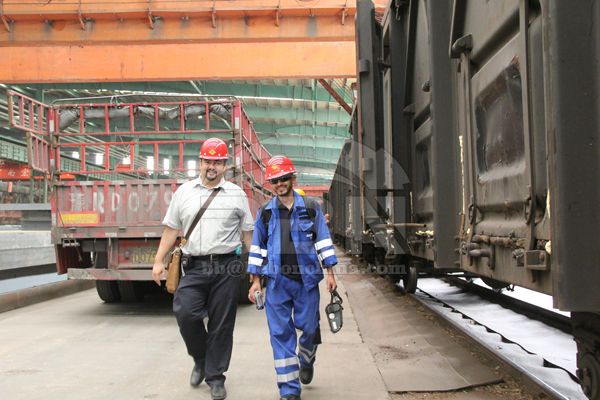
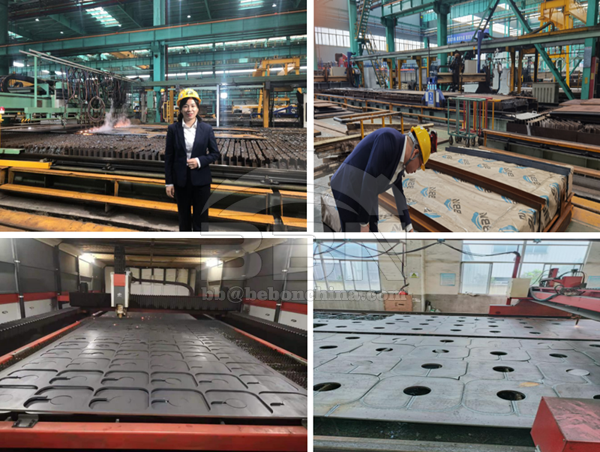
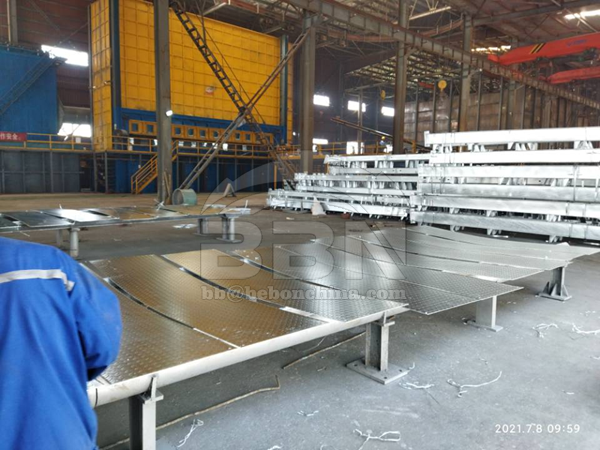
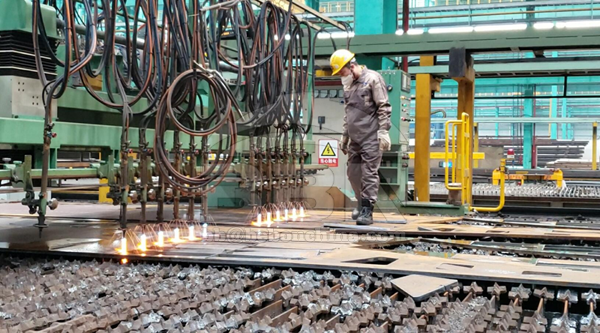
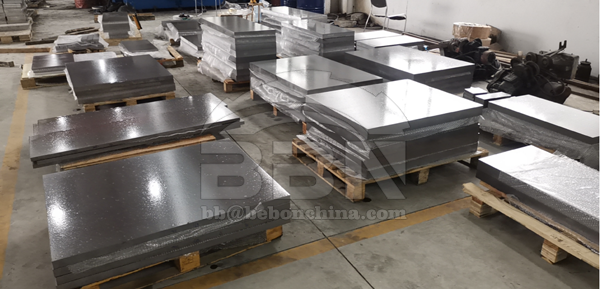
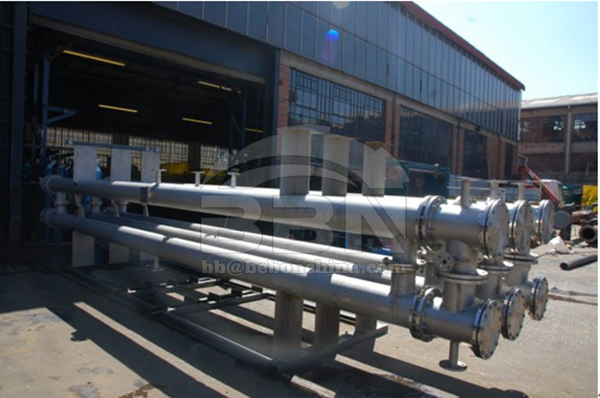
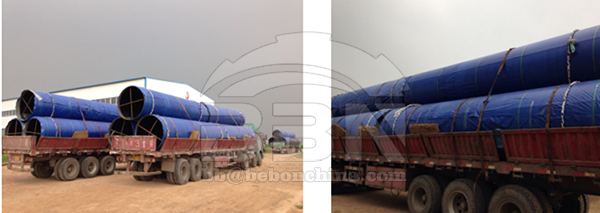
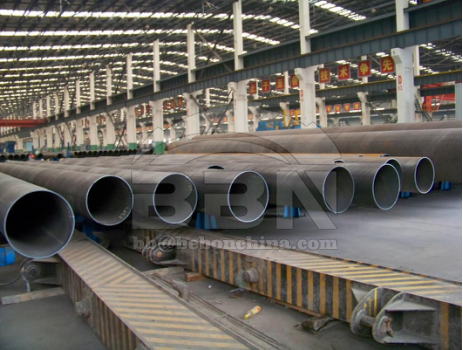
Henan BEBON Iron&Steel co.,ltd.